Ask a Photographer, Part 5
Joshua Cripps
is a photographer, teacher, and writer living in the spectacular Eastern Sierra.
Today marks round 5 of “Ask a Photographer,” an open forum for you to ask any questions you might have about photography, camera gear, travel, adventure, or how to avoid the New Zealand sandfly. Leave your questions in the comments below and I’ll be answering them all day long.
Please read these previous “Ask a Photographer” forums to see if your question has already been answered:
Part 1
Part 2
Part 3
Part 4
*Update: Sorry for the delay in getting to everyone’s comments; I spent way less time at home today than I thought I would. It was just too damn beautiful in Santa Cruz to stay inside. I’m closing the forum to new questions but I will answer every question that’s already been asked.
share this article:
Facebook
Twitter
Pinterest
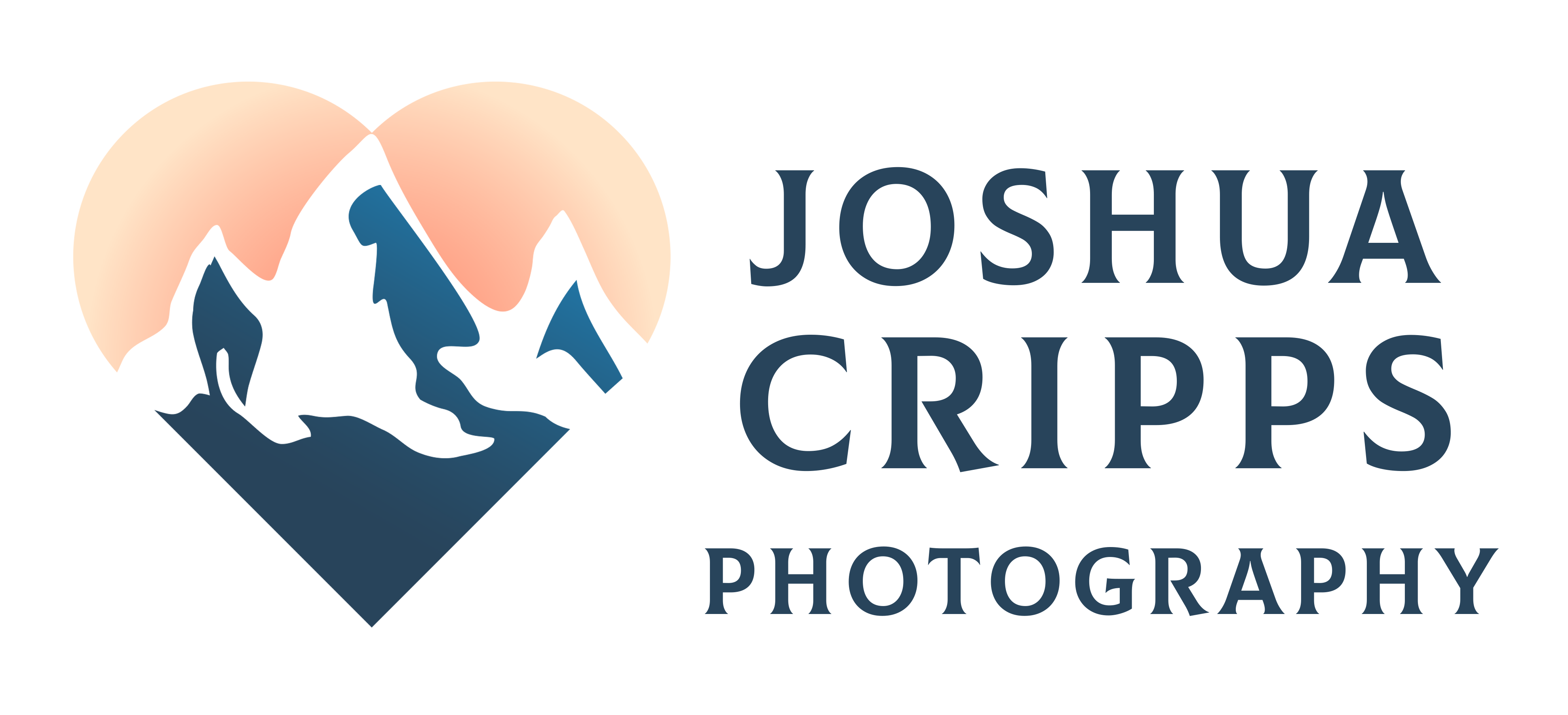
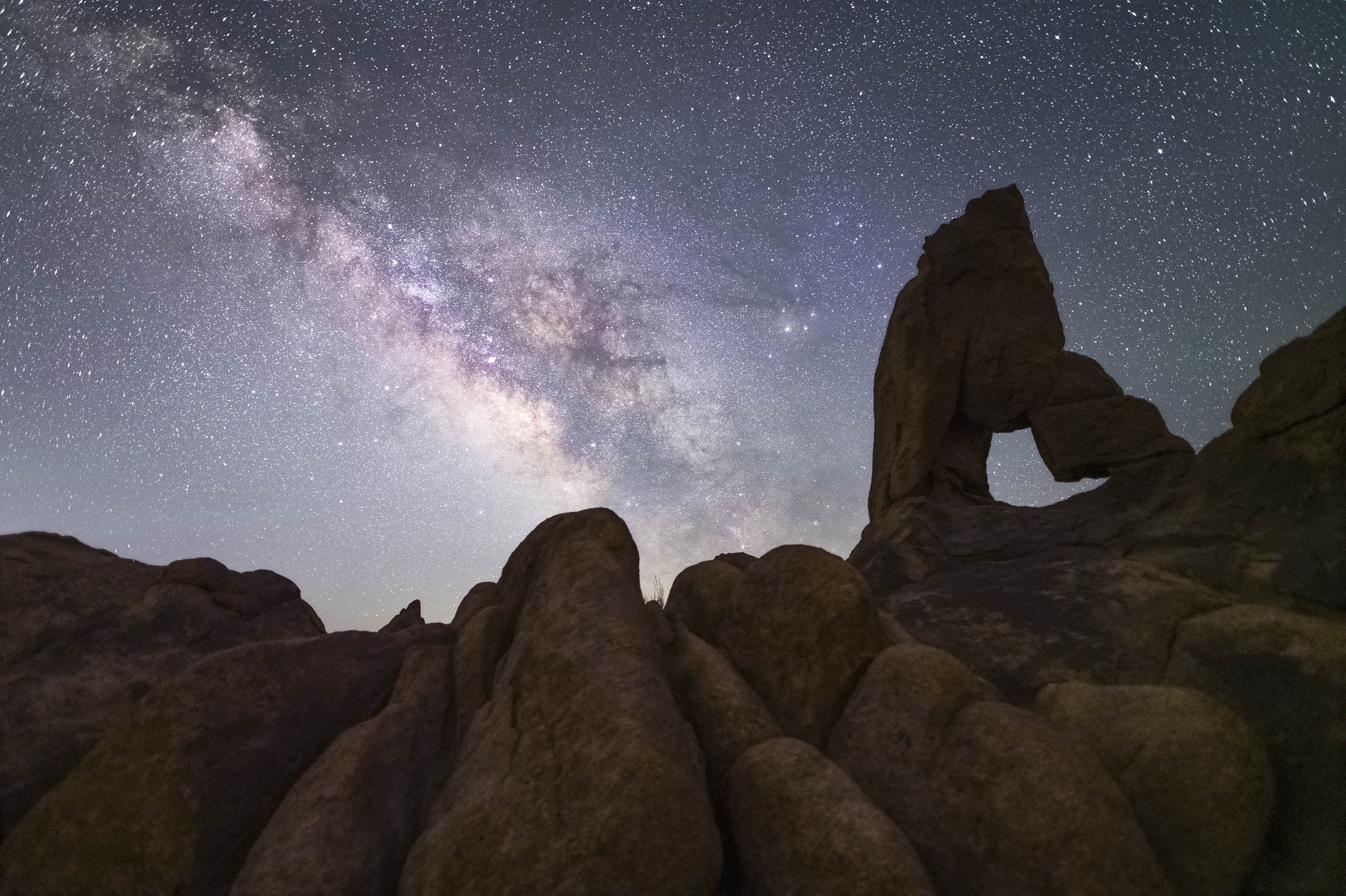
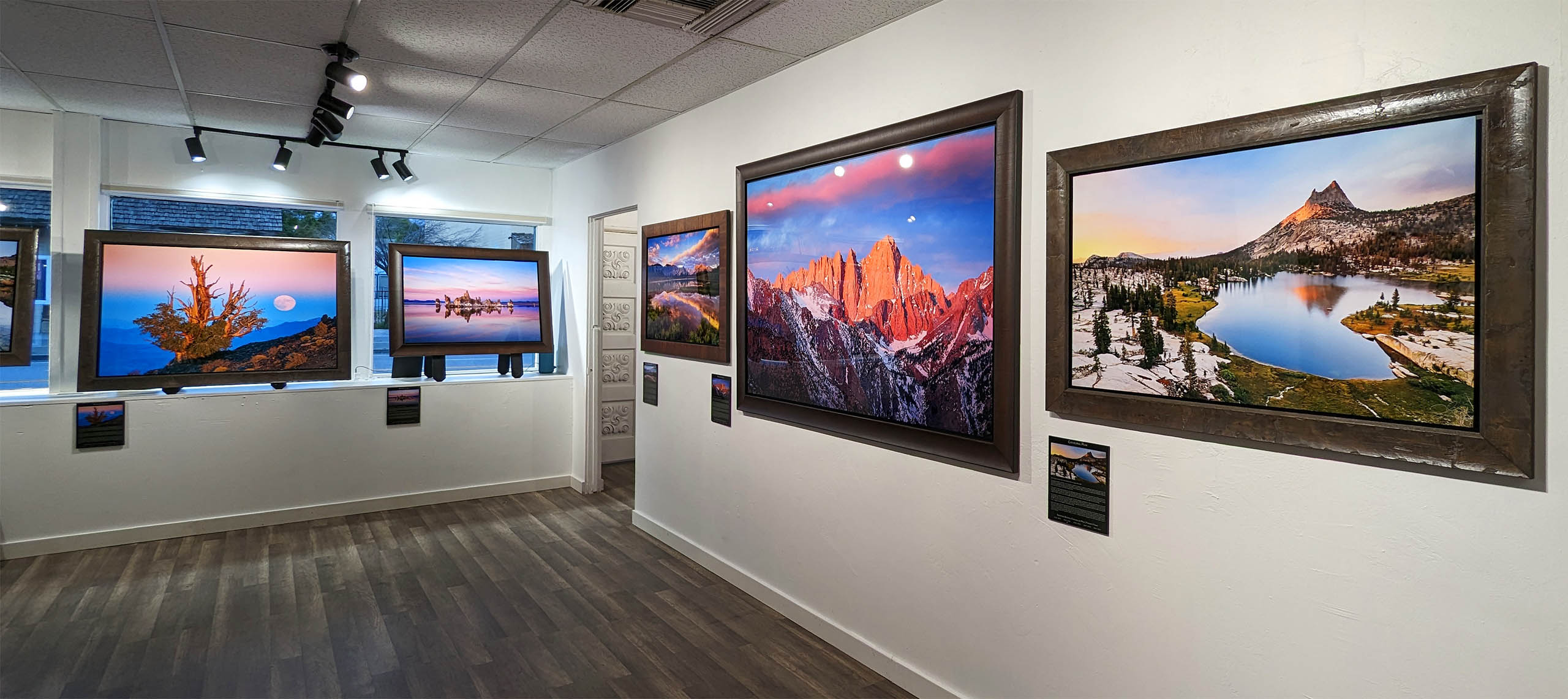
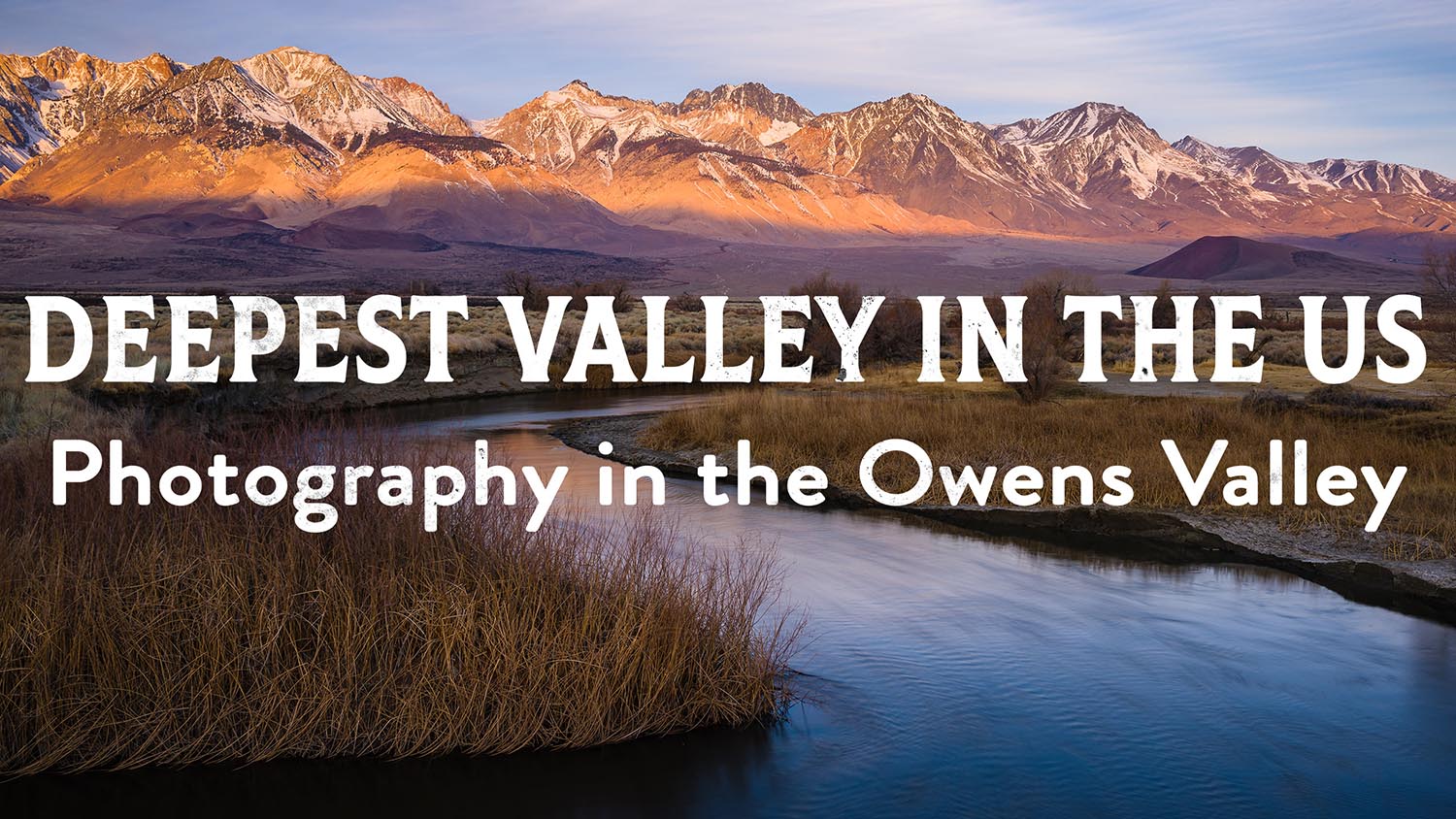
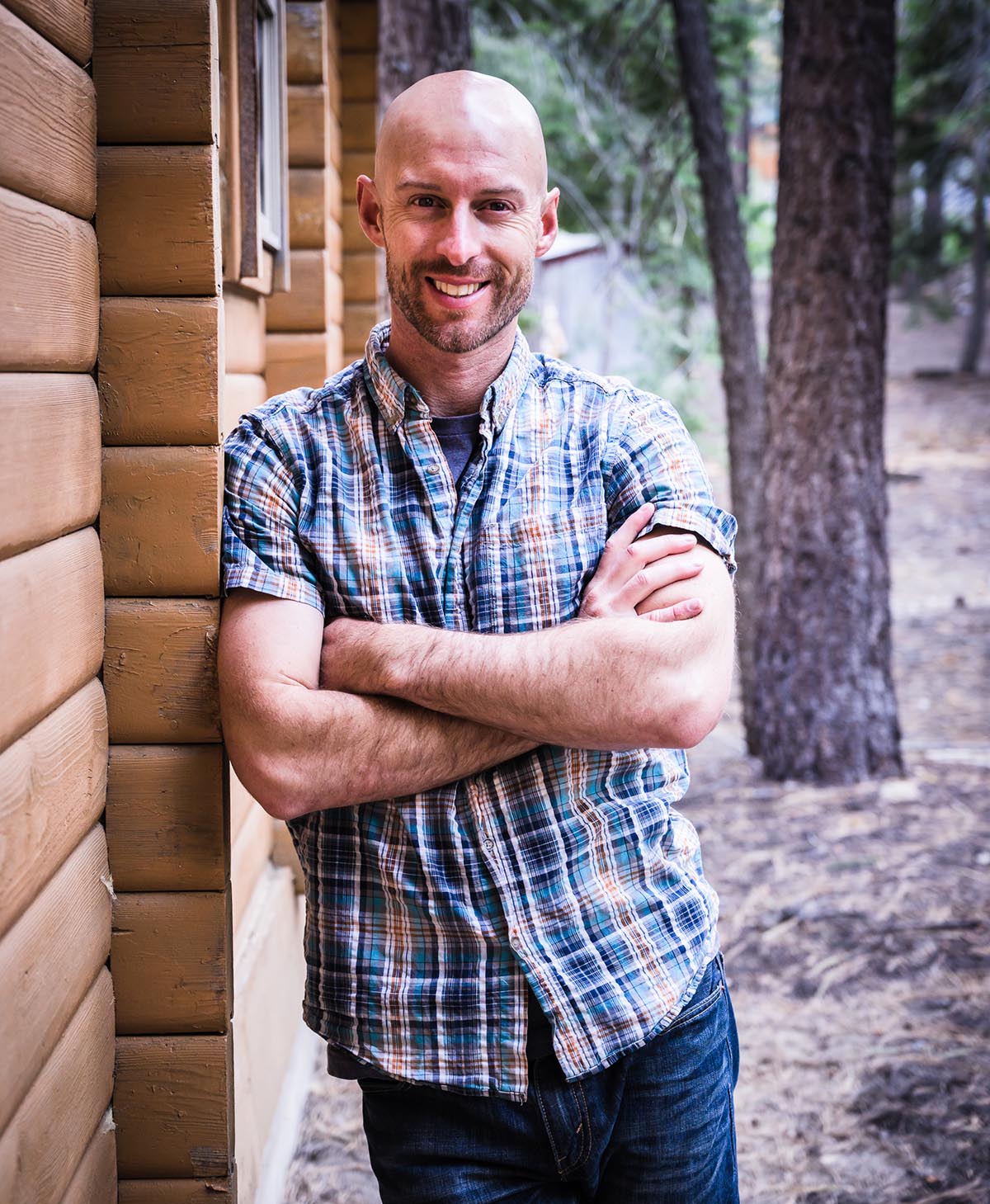

14 Responses
Hey Josh, I want to start some night photography and was wondering how to set up so my images are in focus when it is dark and can’t see your subject? I am thinking of landscape shots. Thanks.
Hi Rene,
Great question! As I’m sure you’ve discovered, your camera’s autofocus doesn’t work so well in the dark. Sometimes you can get good focus using your camera’s focus assist light or using a flashlight to help light up the scene, but there is a problem inherent in doing that: typically with night photography, and most specifically with star photography, you will be using a wide open aperture to capture as much light as you can. Wide open apertures create shallow depth of field so it’s likely that if you focus on something too close to you your stars will be blurry circles instead of nice pinpoints (or trails) of light. The solution to this issue lies within live view.
Once you’ve got your composition set up go to the live view mode on your camera and use the zoom buttons to zoom in on the stars. Most camera’s live views are sensitive enough these days to pick up the brightest stars. Once you’ve found a nice bright star you can see via live view, manually focus until the star is nice and sharp. Then make sure your autofocus is off and take your shot. And voila, your stars will be crisp!
If you’re running into the problem where your stars are sharp but your foreground landscape is out of focus thanks to a shallow depth of field you can try another technique. After you’ve taken your sharp star shot, stop down your aperture to increase your DOF. You can also decrease your ISO to improve image quality. Then without moving your camera take another shot, using as long of an exposure as you need to get a good foreground exposure. You can then use Photoshop to combine the two shots into one master image.
Josh
A couple questions. I didn’t reread the past questions, but I don’t recall these being asked. Good enough for me! If they’re repeats you can ignore them.
Why do you shoot with a cropped camera instead of full frame? Funds or do you see a benefit to the cropped sensor that makes it a better option for you.
?
As far as I know, I haven’t seen any cityscape/architecture or night/star photos from you. Do these not interest you or do you just not post them because they mess with the consistency of your portfolio?
Hey Lukas,
About the cropped sensor, you’re right on both your points. Financially I simply can’t justify shelling out for a full-frame (plus lenses) when the camera I already have produces beautiful images. And two, I love the DOF you can get with a cropped sensor. Being able to shoot at f/8 on my ultra-wide and still carry an extreme depth of field is pretty awesome. When I hear about these D800 dudes focus stacking 5 images to get their final crispy shot, ugh, that just doesn’t sound like fun to me. Obviously there are some significant downsides to the cropped format, low-light and night stuff being a major weakness compared to full frame. But high ISO performance is getting better with every new model (ISO 400 on my old D50 looks like ISO 1600 on my D7000, ya know?) so even that isn’t something I’m too worried about. The full frame format is more appealing to me for shallow DOF portrait work, and after playing with a number of D800’s and a D600 on our recent DV workshop I have to admit that I got some serious gear lust. There are some amazing features on those cameras I’d love to have, like the way they have an exposure simulator in live view, a live-view that actually reflects the settings you dial in instead of the auto-brightening live view of my D7000, and the dynamic range of those cameras is just insane.
But on a philosophical note I think you have to be really careful with gear lust. What’s that quote? Happiness isn’t getting what you want, it’s wanting what you’ve got? Something like that. Anyway, I believe that’s 100% true. Whenever I get really lusty after some new camera I have to take a step back and remind myself that the gear I’ve got is already amazing and produces wonderful images. For me it’s an important perspective to maintain because I’m really leery of the gear lust sentiment spilling over into other parts of my life: Oh, my house isn’t good enough, I need a better one. Oh, my car isn’t good enough, I need a better one. Oh, my girlfriend isn’t good enough, I need a better one. Obviously those are extreme examples but they illustrate my point. If you get caught up in a cycle on constantly seeking something new and “better” it becomes impossible to appreciate the goodness in what you’ve already got and you’ll never be content.
On a less philosophical bent, yeah, the cityscapes and nightscapes. The cityscapes just straight up don’t float my boat. Just like I’m not interested in shooting sports, well, cities just don’t do it for me. I like the night stuff, and I’m learning to enjoy it more and more, but I don’t do a lot of it because of a few of my own personality flaws: I’m impatient, and I’m a wimp when it comes to the cold. So in theory if you could drop me in a tropical place with a good book and a clear sky I’d be cranking off tons of night shots. 🙂
Looks like a lonely forum today… Question about the business:
What mediums do you use to promote your business around Santa Cruz?
What’s provided the best exposure for you?
Thanks, Brad
Yeah, sometimes it seems like Fridays are a bit slow. Of course, it doesn’t help that I got sidetracked in the process of approving comments to appear on the forum in the first place!
To answer your question, I have to admit to doing very little to promote my business locally. So far almost all of my promotion has been through social media, which inherently has a more national audience. But even that is too general an answer because the way I see it my business has two main facets (with a third and fourth emerging soon), and each has been promoted in different ways. Right now the main sources of income for me are print sales and workshops.
The print sales come almost exclusively from doing art and wine festivals in the Bay Area. So for that I do very little marketing other than sending out a blast to my mailing list for the region where the art show is. But probably 99% of my print sales customers are new people who find me as they’re wandering around the shows I do. I know a lot of photographers say that their business depends on cultivating collectors on their mailing list to generate repeat business, but so far I haven’t been successful in doing that.
The other main aspect of my business is teaching workshops. When we first launched our company most of our business came from social media networks, especially flickr, where both I and my partner have healthy followings. But now that we’ve been running for 2+ years the bulk of our business comes from Google searches. We don’t do any active advertising, we just have good SEO practices and we’ve seen steady business (from clients from around the country) because of it. Although we’d like to do more workshops neither of us really has the time for it, so this level of organic traffic is just about perfect for us.
The third facet of the business which is just beginning to emerge is going to be downloadable video tutorials. I’ll be marketing this to a national and global audience so again I’ll be relying on my social media networks. But this project is just barely off the ground so I don’t have any good metrics to tell you yet.
Finally, this year I’m going to be pushing more into the commercial, portrait, and advertising side of photography. And here we actually come to a place where good local promotion is a must. Again, I’m counting on good SEO practices to drive traffic when anyone searches for “Santa Cruz Photographer” or the like. But I’m also going to take a more hands-on approach: once I’m ready to launch this aspect of my business I will be personally delivering large postcards with some portfolio images to businesses around town, helping them attach a face to my name and my work. But again, since I haven’t even begun to implement this yet I can’t tell you how successful it’s been. Sorry for the bit of a non answer!
I know this is kind of a broad and subjective question…but how much do you push up the black point and contrast in your images. Your images aren’t as contrasty as some other photographers (a good thing). I’ve seen some guys that seem to push their blacks almost to the point of crushing them. It even seems some of their photos are a little underexposed.
Although my monitor is calibrated I’m always afraid to push up the contrast and black point too much because it may look fine on a computer screen but when it’s printed it could be too dark. For the most part my prints look just right when printed but on the computer screen my images aren’t as contrasty as I would like them to be.
Hey Van,
Interesting question, as this is such a “salt to taste” sort of thing. Personally I am a slave to my histogram. In the field I’m always aiming for that perfect bell curve that spans the whole dynamic range from just above black to just below white. If your exposure is good it’s almost impossible to clip your shadows with digital; there’s always some light in there. Blown highlights I’ll only tolerate if I’m shooting directly into the sun. If I have a good histogram in the field then I rarely make black and white point adjustments in post, instead I rely mostly on curves adjustments to bump the contrast of an image. Since I shoot in “neutral” picture control many times my SOOC shots are very flat, despite having full-width histograms. So depending on the image I may add contrast liberally to get it to where I like it. Here’s an example of a before/after with a shot SOOC and then after processing. Both have good histograms (ignore the highlight spike on the histogram on the right, that’s just the red color channel, not the brightness), but the one on the right is much more robust.
Usually the only time I’ll change the black point or white point on an image is if I’m shooting something that is tonally very narrow, like an abstract shot of a glacier or a sand dune, where everything is pretty much the same tone. Then I’ll bring in the black and white points in raw conversion to really punch the contrast in the image.
Thanks Josh! I thought it was just me as far as the flat .nef files. I guess it’s just a Nikon thing. Since its kind of a slow Friday what’s your thought regarding the D7100. I was going to wait for a few more years to buy another camera but Nikon is really tempting me. Hope you have a prosperous year and good luck with phlearn.com!
Hey Van,
To tell you the truth I haven’t looked too deeply into the D7100 yet. I know the basic specs, 24mp, 51 focus points, lack of an AA filter for added sharpness, etc. Based on that I’d say this would be an amazing landscape camera for ultra-high detail photos. The detail is cool but it alone is not enough of a temptation to upgrade from the D7000. I’d like to see what they accomplish with dynamic range on this camera; if it’s anything like the D800 or D600 I might be a little more inclined. However, as I get more into portrait photography I think that my next camera will be a full-frame for the beautiful DOF and low light performance. So for me, the D7100 isn’t groundbreaking enough to make me want one, but I see it as an amazing camera for anyone looking to step up from an entry-level DLSR to something more serious.
J
Hi Josh,
First of all, congratulations for your stunning work. Please keep up with the wonderful job!
I understand that, in most cases, you hike / backpack without a company so I am not sure if you have come across this issue.
Both my husband and I enjoy the Great Outdoors in the West and we normally have a 4-5 hiking / backpacking trips a year. We share the same interests except for photography. During the trips his only goal is to enjoy what he sees and not to record it while I particularly enjoy taking landscape shots and take each and every opportunity to capture a beautiful sunset etc. We have not got (not yet) into a more serious argument about me spending countless hours with photography in each trip but I believe it is only a matter of time.
I am seeking your advice as to how to balance different interests when the purpose of the trip is not photography. In other words, how can I possibly make the most out of my vacation from this perspective without offending my partner (who is even willing to carry my gear once in a while)?
Thanks so much for your insights.
Cheers
Julia
Hi Julia,
Well thank you so much for those kind words!
The issue you raise is one that seems quite common in couples where one is interested in photography and one isn’t. I’m lucky in that I haven’t run into this problem personally because most of my traveling companions are either photographers themselves or they’re the meditative sort who are happy to spend time sitting peacefully and contemplating life while I shoot. My advice for you is simple: turn your husband into a photographer! I’m totally serious. Talk to him about how the camera enriches your appreciation of the beauty around you and see if you can get him to take a couple snaps while you’re out on the trail. Once he’s hooked you’ll be all set.
Apart from that, I am not a couples counselor so I’m hesitant to give you any more advice, but perhaps I’ll offer one last suggestion: take some trips completely without your camera where you do things his way by soaking up the beauty with just your eyes and memory. Then when you do have a trip where you bring your camera he can’t give you any guff about spending ages shooting.
Good luck!
I am getting into portrait photography, mainly maternity newborn and boudoir. I have a Nikon D3200. Would you be able to recommend a good lens?
Also would you recommend photo editing software? I currently have Lightrom 4.
Hi Kelly,
I don’t have as much experience with portrait lenses but there are still a few I can recommend. Definitely pick up a 50mm f/1.8. This lens is a great portrait focal length, especially on the crop sensor format of your D3200. It’s incredibly fast and sharp as well. But the real kicker is the price: only 120 measly bucks. The performance you get for the price can’t be beat by any other lens. Doesn’t get much better than that! Another acclaimed portrait lens is the 85mm f/1.8. It’s another high performer without a high price tag. And I know a lot of photogs love the 105mm f/2.8 lens for portraits because it lets you take a step back from your subjects, and a lot of time that extra space helps your subject relax. If you’re looking for a quality portrait zoom lens I can’t recommend the 24-70mm f/2.8 lens highly enough. It’s got a hefty price tag (around $1800) but the image quality it produces is second to none. And the crop sensor on your D3200 will turn it into a 36-105mm lens, which is an amazing range for portraits.
For editing software, Lightroom 4 is probably your best bet as it has great options for batch processing lots of photos, which you will certainly have shooting portraits. Something like Photoshop is certainly more powerful but it’s also more applicable to making subtle adjustments to one photo at a time. Cheers!